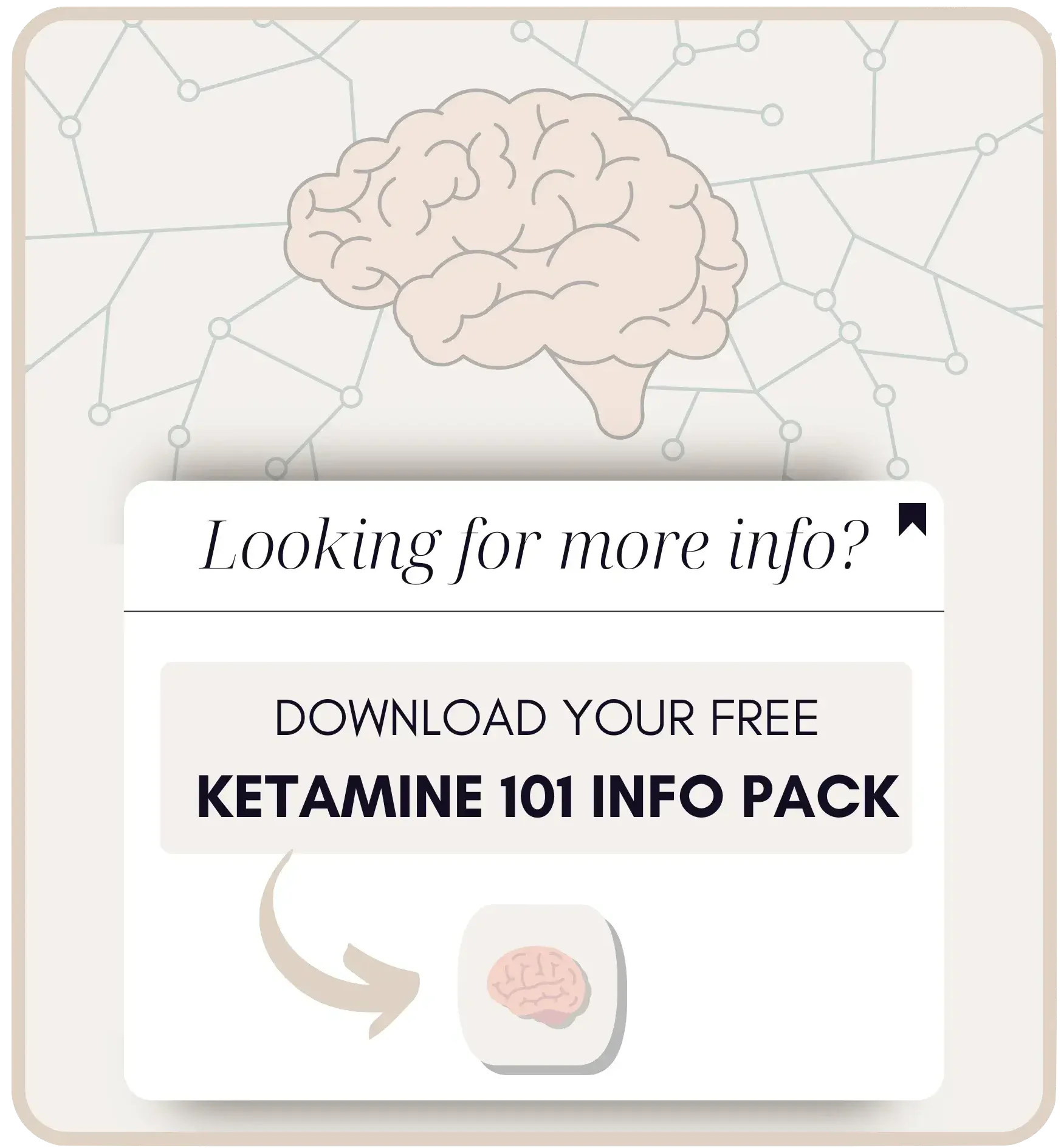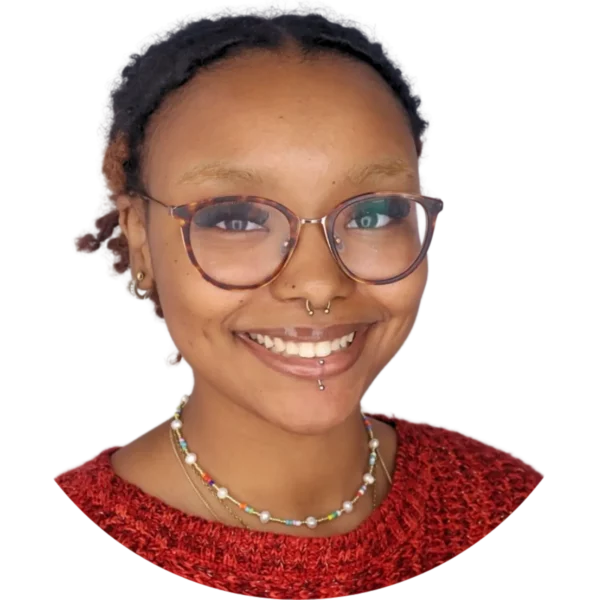Effective OCD Treatment:
The Top 7 Techniques Used in Therapy
Finding Effective OCD treatment can feel like an up-hill battle! However, there are a few go-to techniques that we’ve seen warrant positive and hopeful outcomes. If you’re a resident of New Jersey and are seeking effective techniques for OCD treatment, you’re in the right place. OCD is a challenging mental health condition, but with the right guidance and support, it can be managed. As an experienced therapist offering online telehealth services in New Jersey, I’ve seen firsthand the transformative power of various therapy techniques. In this article, we’ll delve into six of these methods, providing a comprehensive overview and practical examples for each.

Top Effective OCD Treatment: Exposure & Response Prevention (ERP)
ERP is a specialized form of CBT that is often used in OCD treatment and is known as the “gold standard” of OCD treatment. It involves gradually exposing individuals to their fears or obsessions and teaching them to resist the urge to perform their compulsive behaviors.
Example: Someone with intrusive thoughts about harming a loved one might be encouraged to talk about these thoughts without engaging in any compulsive behaviors to neutralize them.
Cognitive Behavioral Therapy for OCD
CBT is a cornerstone in OCD treatment and has been a foundation in which other therapies have been build upon, such as ERP. This therapeutic approach focuses on identifying and challenging negative thought patterns and behaviors. By understanding the root causes of these patterns, individuals can develop strategies to replace them with healthier thoughts and actions. The goal is to empower individuals to recognize and change detrimental behaviors, leading to improved mental well-being.
Example: An individual constantly ruminates over past mistakes, believing they define their worth. Through CBT, they learn to challenge these ruminative patterns, understanding that past errors don’t determine their value.
Ketamine Assisted Therapy for OCD
Ketamine, traditionally used as an anesthetic, has recently gained attention for its potential in treating various mental health conditions, including OCD treatment. Mind by Design offers Ketamine Assisted Psychotherapy for New Jersey residents, providing a unique approach to confronting and processing deep-seated fears and traumas. Research has shown that Ketamine Assisted Therapy can be effective in reducing symptoms of OCD, especially in treatment-resistant cases. OCD treatment does not start first with Ketamine Treatment. Instead, Ketamine Treatment is used when an individual has found little to no success with other modalities.
Example: During a session, a patient might receive a controlled ketamine dose, allowing them to address and process deeply rooted fears.
Using 'Body Scans' in OCD treatment
Grounding techniques are essential tools to help individuals stay connected to the present moment, especially during intense episodes of anxiety or distress associated with OCD. The body scan is a mindfulness exercise that encourages individuals to focus on sensations throughout their body, promoting relaxation and awareness.
Acceptance and Commitment Therapy (ACT)
ACT is a therapeutic approach that encourages individuals to embrace their thoughts and feelings without judgment. Instead of battling or suppressing these thoughts, This is particularly hard for individuals with OCD, or “pure-o”. ACT is used in OCD therapy because it teaches individuals to commit to actions that align with their values and life goals, fostering a more fulfilling life.
Example: A person struggling with the obsessive thought that they might accidentally harm someone they care about learns to accept the presence of this thought without judgment. Instead of trying to suppress or argue with the thought, they acknowledge it and then redirect their focus to activities that align with their core values, such as spending quality time with loved ones or engaging in a hobby they’re passionate about.
Creative Art Therapies in OCD Treatment
Using art as a medium, individuals can express and process their feelings and thoughts related to OCD. This form of therapy offers a safe space for individuals to visualize and understand their journey with OCD.
Example: Someone might create a painting representing their OCD journey, helping them visualize their progress and challenges.
Final Thoughts on Effective techniques for OCD Treatment
In conclusion, there are various techniques available to try throughout your OCD therapy journey. It’s hard to know which one will work best, but don’t lose hope or feel discouraged, as it takes time to find the ‘right fit’. Therapy can help those struggling with OCD, especially for residents of New Jersey seeking online therapy. It’s crucial to find the method that resonates best with the individual, ensuring optimal healing and growth. If you or someone you know is looking for online therapy services in New Jersey, or an expert OCD treatment provider in, don’t hesitate to contact us or learn more about our therapy services and meet our therapists.







